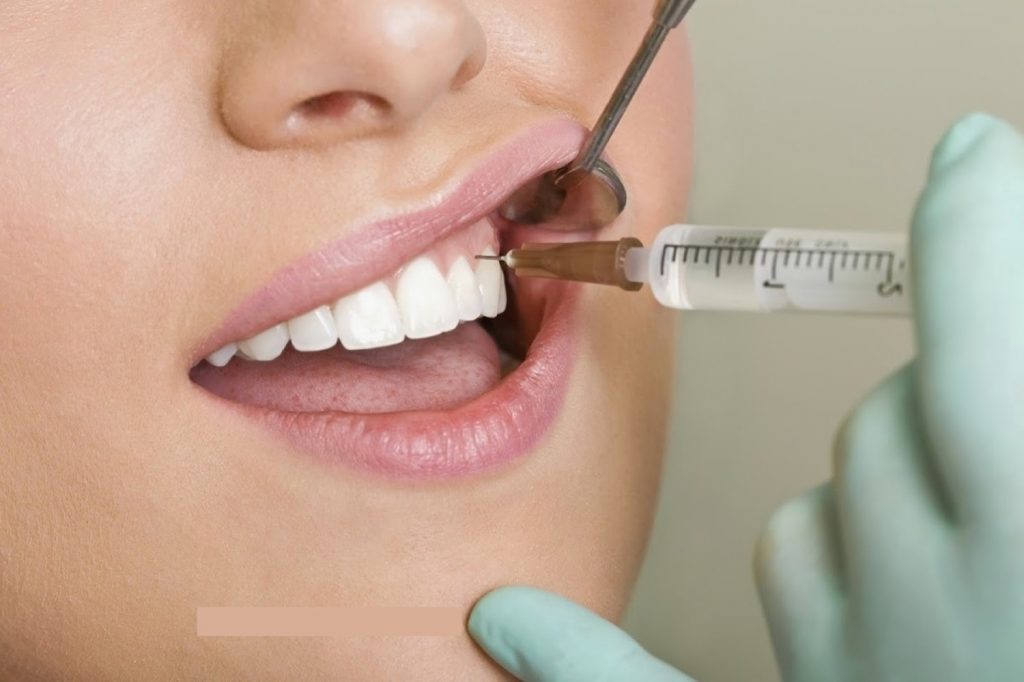Don’t Go Local!
No matter how well you care for your teeth, there may come a time when you need dental care that requires local anesthesia. Local anesthesia is most often used before filling cavities or to prepare your teeth for a dental crown or other minor dental procedures. And although no one likes the idea of getting a shot, rest easy. Local anesthesia can help keep you comfortable while you receive the dental care you need.
Local anesthetics are the most common drugs used by dentists and will help ensure that you experience as little pain and dental anxiety as possible. And that’s important, since taking care of your teeth shouldn’t hurt, right?
Easing Your Pain
Local anesthesia is a drug used by your dentist to numb a small part of your mouth for a short period of time. You remain awake and alert throughout the dental procedure. There are two types of local anesthetics:
Topical Anesthetics — These prevent pain on the surface level. Topical anesthetics can be used at home to help ease the discomfort of mouth sores, such as canker sores and cold sores. In the dentist’s office, they are applied with a swab and are used to numb an area of your mouth before injecting local anesthesia.
Injectable Local Anesthetics — These shots block the nerves that sense or transmit pain. The most common type of local anesthetic is called lidocaine. This local anesthetic and others like it in the “-caine” family have replaced novocaine as the dental local anesthesia of choice. These local anesthetics simply work better, last longer and have fewer side effects.
Getting Started
Before you receive a local anesthetic, your dentist will dry the affected part of your mouth with air or cotton. In most cases, he or she will then apply a topical anesthetic before slowly injecting the lidocaine. You may feel a slight sting, which is caused not by the needle, but by the pressure of the liquid inside the needle entering your tissue. This discomfort should last only a few seconds.
Your dentist will wait a few minutes before beginning the procedure to allow the local anesthesia to take effect. The temporary numbness you feel may make it seem like you have a “fat lip.” But that feeling is a good thing: It means your nerves won’t sense the pain associated with your dental treatment.
Playing It Safe
A local anesthetic can last up to a few hours. During this time, it may be difficult for you to feel the part of your mouth that was numbed. To make sure you don’t accidentally harm yourself, do not eat or chew gum until the feeling returns.
Side effects of local anesthesia are rare but can include a racing heart beat, which lasts only a minute or two. You may experience numbness in the area surrounding the spot where you were injected. Sensation will return to normal once the drug wears off. Another possible side effect is a hematoma, which is a scary word that means a blood-filled swelling. This happens if the needle hits a blood vessel. Lastly, the needle may injure a nerve, resulting in numbness and pain for an extended period of time. Speak with your dentist if you are concerned about any of these outcomes.
Allergies to dental local anesthesia are also rare. To make sure you have the best outcome possible, tell your dentist about any health conditions you might have and all the medications you currently take. Be sure to discuss any allergic reactions to medications you’ve had in the past. A trusted dentist can make you comfortable when applying a local anesthetic injection.

